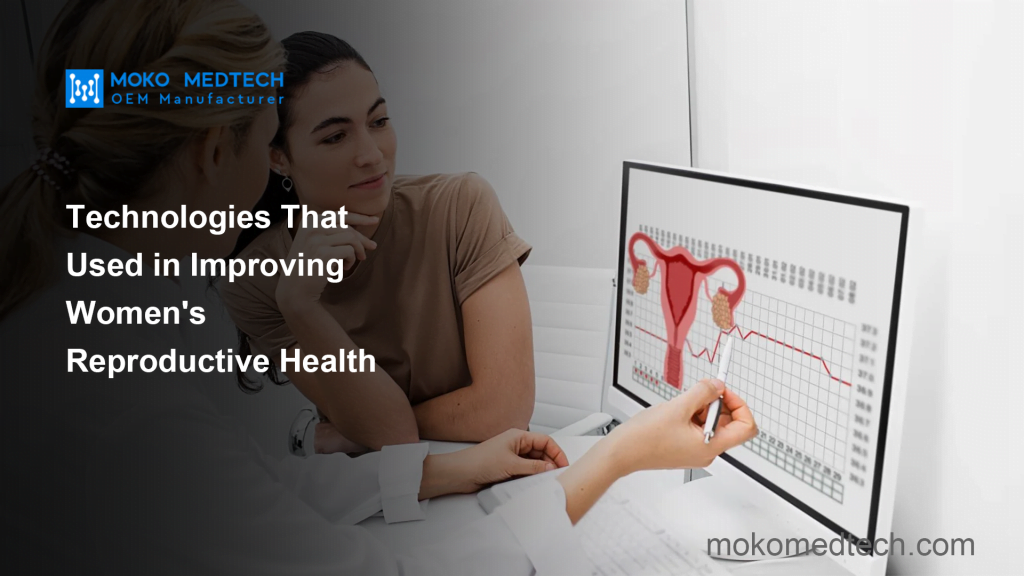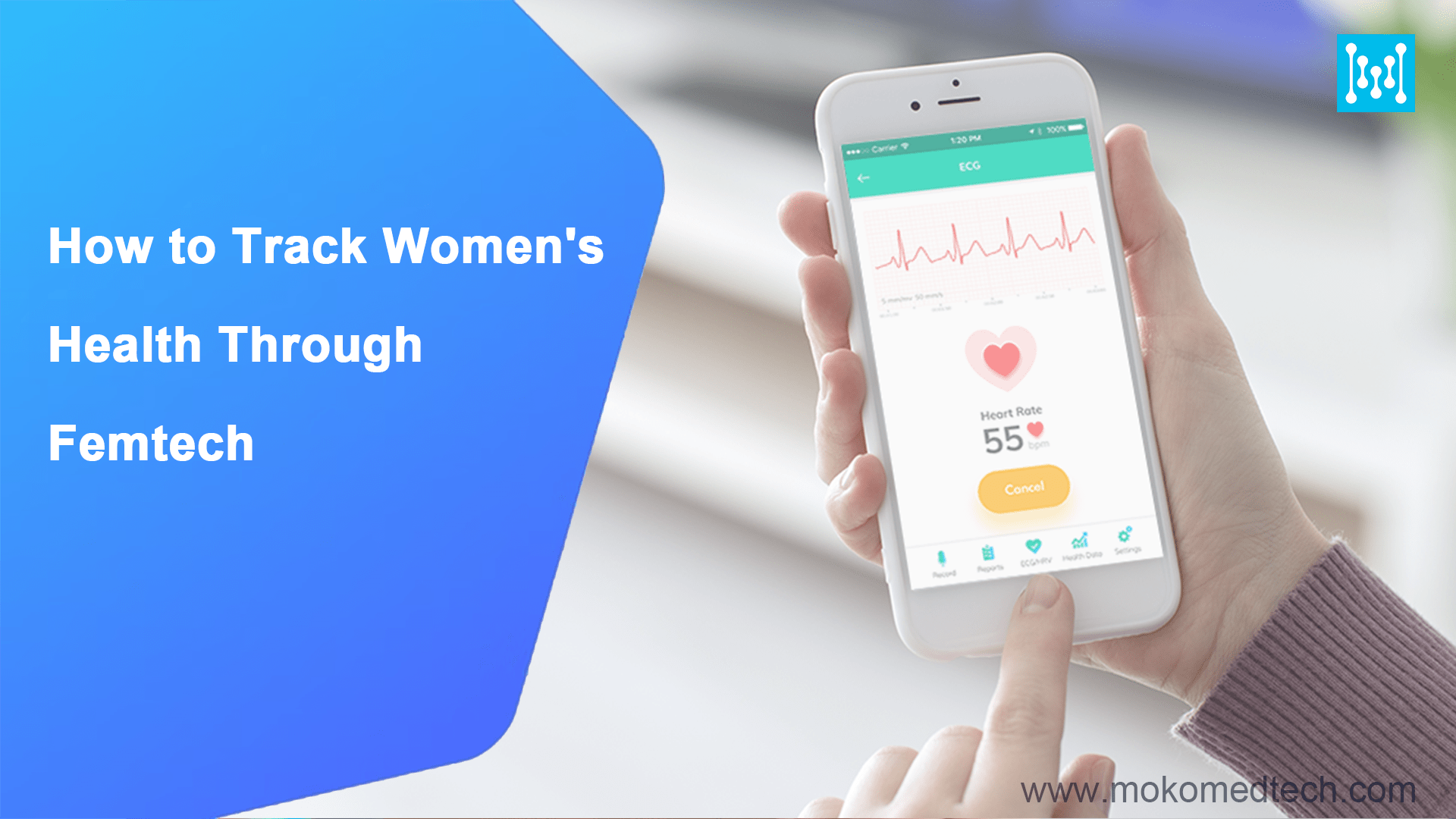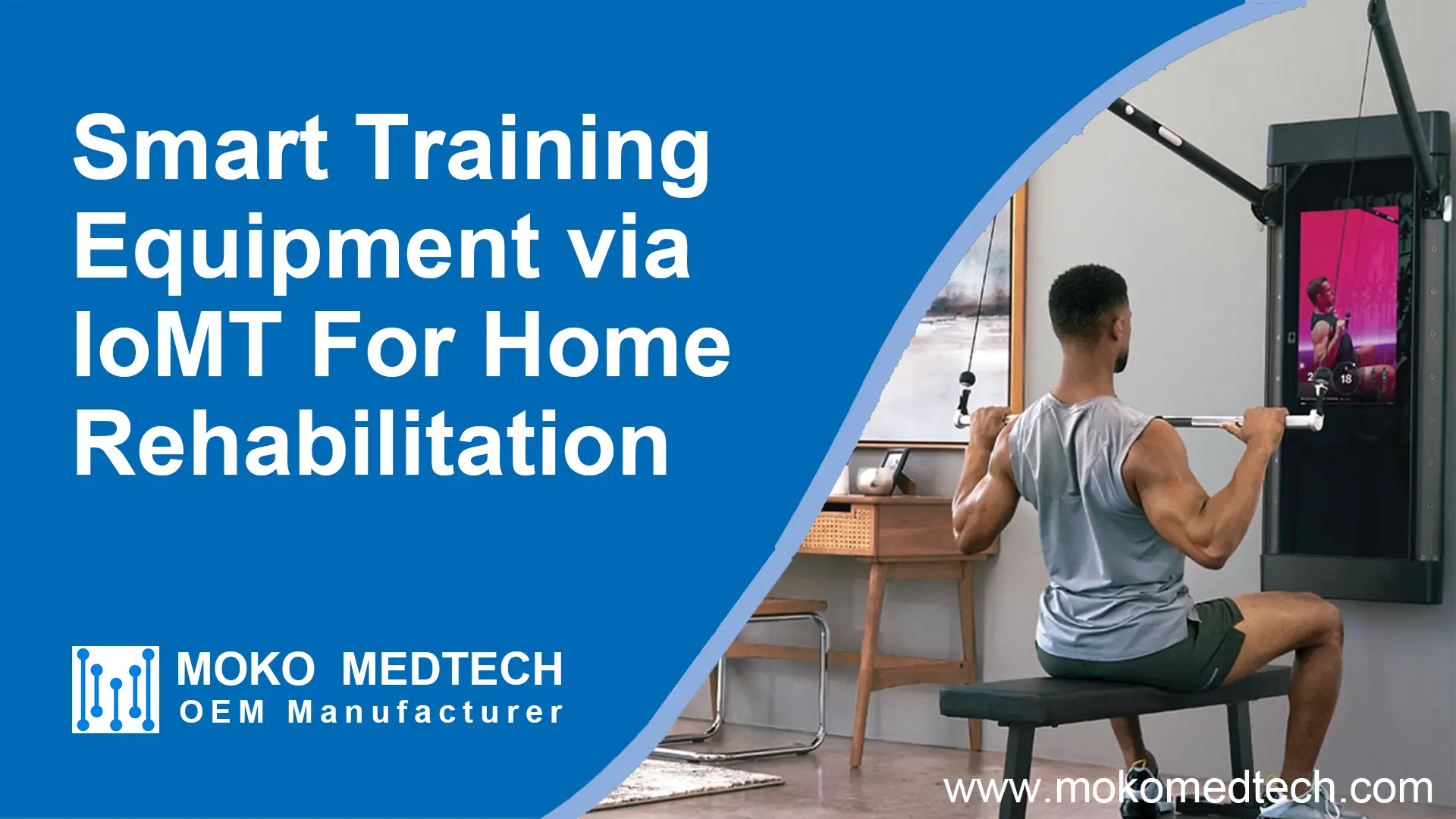What We Will Discuss — Women’s Reproductive Health
Women’s reproductive health has always been an important topic. When the concept of FemTech comes up, most people think of the technology as being applied to women’s reproductive health, which proves the importance of focusing on reproductive health. The female reproductive system is a complex and intricate system that plays a vital role in women’s overall health and well-being. Many women face a range of issues related to their reproductive health, such as menstrual irregularities, infertility, menopause, and more. Fortunately, technology is transforming the field of women’s reproductive health. From wearable technology to personalized medicine, technology makes it easier for women to take control of their reproductive health and make informed decisions about their bodies.
In this article, we will explore some of the ways in which technology has improved women’s reproductive health. We will look at the benefits of electronic devices, fertility tracking Apps, wearable technology, remote consultations, and personalized medicine. We will also examine the impact that these advancements have had on women’s health, including how they have improved access to care, increased the accuracy of diagnoses, and provided more personalized treatment options.
By the end of this article, you will have a better understanding of how technology is transforming the field of women’s reproductive health and empowering women to take control of their reproductive health. Whether you are a woman who is currently dealing with a reproductive health issue or simply interested in learning more about the latest advancements in healthcare technology, this article will provide you with valuable insights into the future of women’s reproductive health.
What Technologies Are Used for Women’s Reproductive Health
FemTech is playing an increasingly critical role in improving women’s reproductive health. From tracking menstrual cycles to diagnosing and treating menstrual disorders, technology is helping women take charge of their reproductive health and improve their quality of life. As technology continues to advance, we will likely see more tools and resources emerge in the area of women’s reproductive health. Here are some of the ways to improve reproductive health today.

- –Electronic Devices
- –Menstruation and Fertility Tracking Apps
- –Wearable Technology
- –Remote Consultations
- –Personalized Medicine
Electronic Devices
One of the most significant advantages of electronic devices in female reproductive health is their ability to provide real-time data and monitoring. For example, wearable devices and smartwatches are equipped with sensors that can track a range of vital signs, including heart rate, sleep patterns, and even menstrual cycles. This data can be invaluable for women who are trying to conceive, as it can help them track their ovulation and increase their chances of getting pregnant. Similarly, electronic devices like ovulation monitors can provide more accurate information about ovulation and fertility. It can be helpful for women who are trying to conceive or those who want to avoid pregnancy.
Another area where electronic devices are making significant strides is in the diagnosis and treatment of menstrual disorders. Conditions like endometriosis, polycystic ovarian syndrome (PCOS), and fibroids can significantly impact a woman’s quality of life. However, with the help of electronic devices, doctors can now use ultrasound technology and magnetic resonance imaging (MRI) to diagnose these conditions more accurately. Additionally, electronic devices such as thermal imaging cameras can be used to detect early signs of breast cancer, which is a leading cause of death among women worldwide. Many FemTech startups are now also working on breast cancer diagnostic devices such as Automated and Wearable 3D Breast Ultrasound and AI software that can assist in breast cancer screening.
Electronic devices are also being used to help women manage their menstrual pain and discomfort. For example, wearable devices like TENS units (Learn more) can provide pain relief to women who experience menstrual cramps or other menstrual-related pain.
Menstruation and Fertility Tracking Apps
Period tracking apps are smartphone applications that help women track their menstrual cycle. These apps can provide information about the length of the menstrual cycle, the duration of the period, and any symptoms that may be associated with menstruation.
For women who are preparing for pregnancy, they can use the Fertility tracking app to monitor their menstrual cycle and track ovulation. These apps can also help women to identify their fertile days, making it easier for them to conceive. Fertility tracking apps can be used by women who are trying to conceive and those who are trying to avoid pregnancy.

These programs can also be connected to fertility tracking devices such as basal body thermometers, ovulation prediction kits, and fertility monitors. Although fertility monitors use different methods to determine your fertility, they all rely on reading your BBT, cervical mucus, or urine-based hormone levels and then reporting these data to you through the app or the device itself. Most monitors only track one type of data (for example, a thermometer can only determine your BBT). You may want to use more than one type of monitor for maximum accuracy when predicting the easy pregnancy window.
Wearable Technology
One of the most popular types of wearable devices used in women’s reproductive health care is the fertility tracker. Fertility trackers use various sensors to monitor changes in a woman’s menstrual cycle, such as changes in basal body temperature, cervical mucus, and hormone levels. This information can be used to identify a woman’s fertile days, making it easier for her to conceive. Fertility trackers can also be used to help women who are trying to avoid pregnancy by identifying the times when they are most at risk of becoming pregnant.
Another type of wearable device used in women’s reproductive health care is breast pump. A breast pump is a mechanical device that is used to extract breast milk from lactating women. Breast pumps can be manual or electric, and they can be used by women who are returning to work, traveling, or experiencing difficulty with breastfeeding. In addition to convenience, wearable breast pumps also offer other benefits for women’s reproductive health. For example, they can help to increase milk production, which is important for women who have difficulty with breastfeeding. They can also help to relieve engorgement and prevent infections such as mastitis.
Wearable devices can also be used to track other aspects of reproductive health, such as endometriosis and polycystic ovary syndrome (PCOS). These devices can monitor changes in symptoms over time, helping women to better understand and manage these conditions.
Overall, wearable devices have become an important tool in women’s reproductive health care, providing new ways to monitor and manage various aspects of reproductive health. As technology continues to advance, it is likely that wearable devices will become even more sophisticated, offering even greater insights into women’s health and well-being.
Remote Consultations
Recently, remote consultations have become increasingly popular, especially in the wake of the COVID-19 pandemic. Remote consultations involve consultations between healthcare providers and patients that take place via telemedicine technologies such as video conferencing, phone calls, or messaging services. These consultations have numerous benefits for women’s reproductive health.

One of the main benefits of remote consultations for women’s reproductive health is increased access to care. For women who live in rural or remote areas, or who have limited mobility or transportation options, remote consultations can make it easier to access healthcare services. With remote consultations, women can receive care from healthcare providers who may be located in another city or even another country, making it easier to get the care they need.
Remote consultations can also improve convenience for women, allowing them to receive care from the comfort of their own homes. This can be especially beneficial for women who have busy schedules, limited time off work, or who are caring for young children or elderly family members. With remote consultations, women can schedule appointments that fit their schedule and avoid the time and expense associated with travel and waiting in a healthcare provider’s office.
For women who need reproductive health services such as contraception, fertility treatment or prenatal care, remote consultation allows them to receive counseling and guidance from health care providers, as well as access to diagnostic tests and medications. Remote consultation can also be used for follow-up appointments, allowing healthcare providers to monitor a woman’s reproductive health and adjust treatment plans as needed.
Personalized medicine
Personalized medicine is being used to tailor treatment to the individual needs of women. For example, genetic testing can be used to identify women who are at increased risk of developing certain reproductive health issues, such as breast cancer.
What about the future…
Overall, the future of women’s reproductive health is likely to be shaped by a combination of advances in technology, changes in healthcare policies, and evolving societal attitudes toward women’s health and wellness. With continued innovation and investment in this field, it is possible that we may see significant improvements in reproductive health outcomes for women in the years to come. These advancements have helped to improve the quality of care for women and have made reproductive healthcare more accessible to those who need it most.












